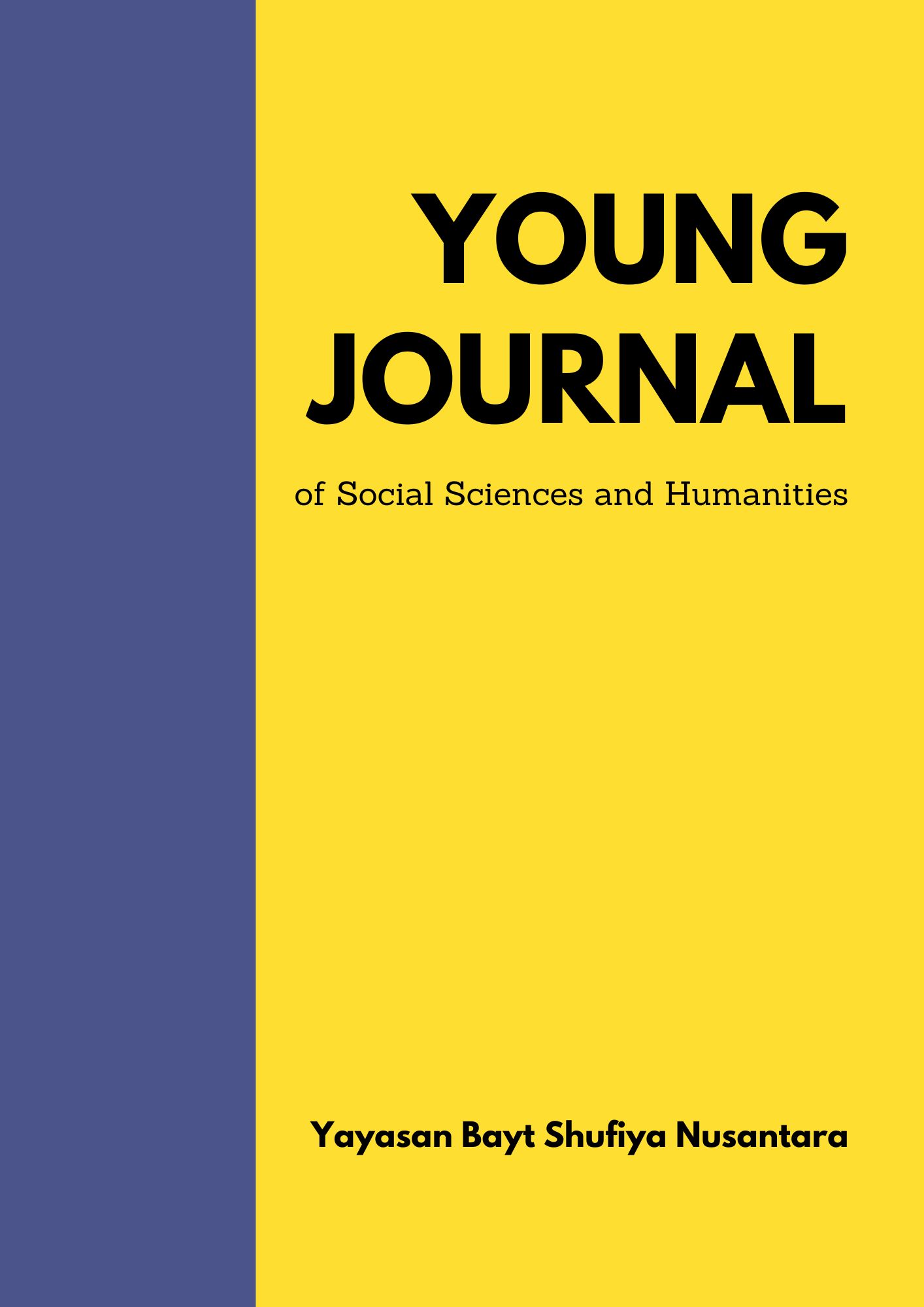How Words Shape Our Thoughts: The Role of Connotation in Language
Keywords:
Connotation, Literary Analysis, Semantic ApproachAbstract
This study explores the role of connotation in literary analysis through a semantic approach, focusing on how implicit meanings and emotional nuances in literary language enrich textual interpretation. Conducted as a library-based research, this study draws upon various literary texts and theoretical sources to investigate how connotation functions as a key element in understanding the aesthetic, ideological, and cultural dimensions of literary works. By analyzing a range of texts across different genres and historical periods, the research demonstrates that connotation not only enhances literal meaning but also reveals deeper interpretive layers. Through a semantic lens, it emphasizes the importance of sensitivity to word choice, cultural associations, and historical context in critically reading literature. The findings affirm that awareness of connotation is a vital tool for uncovering the complexity of literary meaning and broadening readers’ interpretive perspectives. Moreover, the study highlights the potential of semantic analysis to bridge linguistic and literary disciplines, fostering a more nuanced and interdisciplinary approach. Ultimately, it encourages deeper engagement with literature that transcends surface-level reading and embraces language’s rich capacity for meaning.
References
Fadzillah, U. R., Satiti, N. A. F., Susanti, A., & Tengku Syarif, T. I. (2022). Semantic analysis of literary works in selected song lyrics and poems in English textbooks for grade XI. BAHASTRA: Jurnal Bahasa dan Sastra, 42(1), 68–82. https://doi.org/10.26555/bs.v42i1.68
Fauziyah, N. I., Prastiwi, C. H. W., & Tirtanawati, M. R. (2024). A semantic analysis of connotative meaning in Ben Howard’s song lyrics. Aisyah Journal of English Language Teaching (AIJELT), 3(1), 1–15. https://doi.org/10.30604/aijelt.v3i1.1622
Handayani, L. T., & Nur Indah, R. (2022). Denotation and connotation in beauty advertisements: Implication for the teaching of semantics. Wanastra: Jurnal Bahasa dan Sastra, 14(1), 85–98. https://doi.org/10.31294/wanastra.v14i1.11531
Jabrael, S. Z., & Lutfi, A. F. (2024). A semantic analysis of rhetorical devices in Charles Dickens’s A Tale of Two Cities. Qalaai Zanist Scientific Journal, 9(2), 1445–1467. (Published on ResearchGate, July 2024)
Öhman, E., & Rossi, R. (2023). Affect as a proxy for literary mood. arXiv Preprint. Published April 2023.
Pratiwi, D. R., Indrayani, L. M., & Soemantri, Y. S. (2020). The analysis of denotative and connotative meaning in Ariana Grande’s song lyrics: A semantic study. ELS Journal on Interdisciplinary Studies in Humanities, 3(2), 231–235. https://doi.org/10.34050/els-jish.v3i2.9994
Situmorang, L. K., Ayuningsih, P., & Firmansyah, D. (2025). Contextual meaning analysis in the novel Kata by Rintik Sedu: A semantic study. Jurnal Disastri, 7(1), 169–174. https://doi.org/10.33752/disastri.v7i1.7807
Swenor, A., Coffee, N., & Scheirer, W. (2025). Story grammar semantic matching for literary study. arXiv Preprint. Published February 2025.
Zuhdah, D. R., & Alfain, S. N. (2020). An analysis of denotation and connotation in Chairil Anwar’s poem. e-Journal of Linguistics, 14(1), 103–112. https://doi.org/10.24843/e jl.2020.v14.i01.p11
Zulaikah, A. R., Oktaviana, A., Rahmawati, A., & Wijayanti, D. (2022). Semantics in literary works and its types. Literasi Nusantara (Jurnal Ilmu Bahasa dan Sastra), 5(2), 12–25. https://doi.org/10.56480/jln.v5i2.1558
Downloads
Published
How to Cite
Issue
Section
License
Copyright (c) 2025 Imeliana Saragih, Bernieke Anggita Ristia Damanik

This work is licensed under a Creative Commons Attribution-ShareAlike 4.0 International License.














